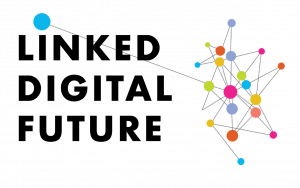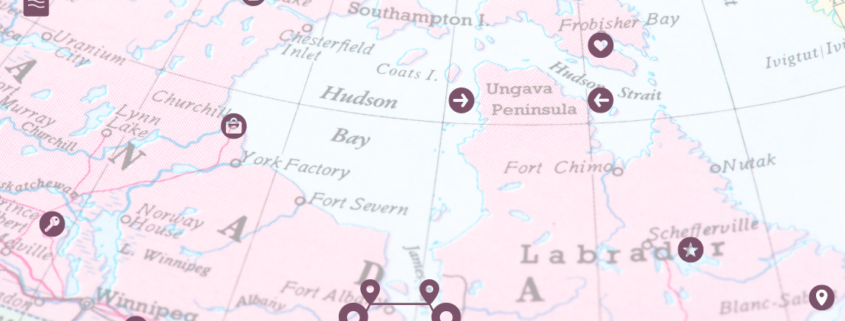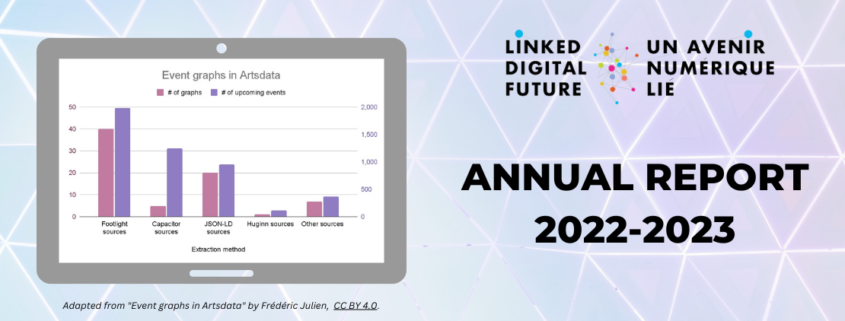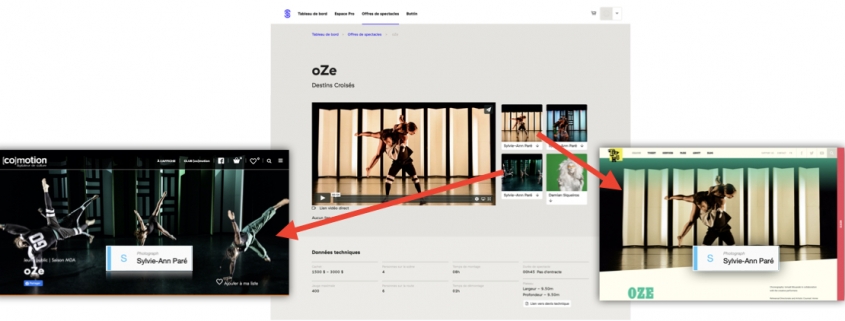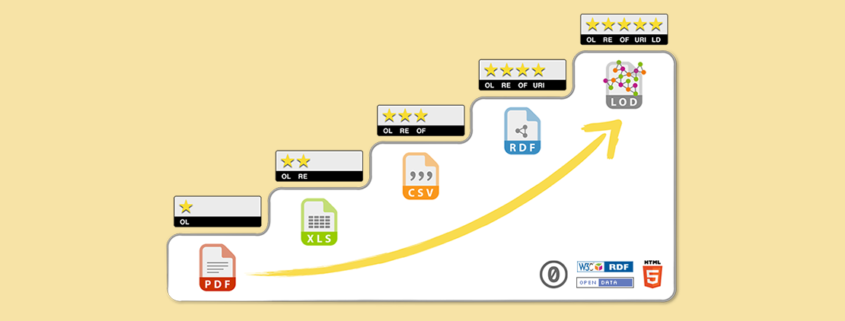Bill C-11 has been on a lot of minds since it passed Parliament and became law last spring. Also called the Online Streaming Act, it promises enhanced discoverability opportunities for Canadian content creators on platforms like YouTube, Spotify and Netflix.
But in order for these platform’s new algorithms to recommend Canadian content, they need to be told which creators are, in fact, Canadian. This is where provenance metadata comes into play.
Read more